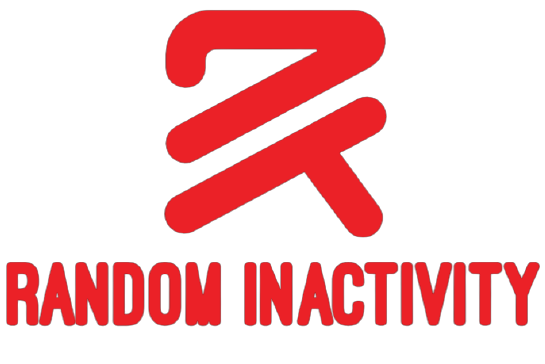A human being can record audio as well as video footage of their immediate environment and interactions by wearing a body-worn camera (BWC), which is a small, lightweight camera that is usually worn in the attire of law enforcement officers, security professionals, or other individuals.
Press the button on your body-worn camera to start recording, and you’re good to go now the principal aim of cameras worn on the body is to furnish an impartial document of occurrences and communications.
Supervisors, investigators, and attorneys are examples of authorized people who can watch the video that has been captured. The information can be used to assess officer performance, support legal claims, and conduct investigations.
How Are The Recorded Videos And Data From Body-Worn Cameras Stored And Managed?
Data from body-worn cameras and recorded movies are usually managed and preserved through a systematic procedure that ensures the reliability, security, and availability of all the content.
Data from body-worn cameras must be managed if accountability, openness, and evidence preservation are to be met. Data that has been properly maintained and stored can be extremely helpful for court cases, investigations, and assessing how law enforcement personnel have behaved.
Storage Systems:
Either the body-worn camera or an onboard storage device stores the captured data initially. A lot of cameras come with detachable storage cards or inbuilt memory.
Data Transfer:
The information is moved to a central storage system following a shift or an occurrence. Numerous techniques, such as docking stations, physical connections, or wireless technology, can be used to accomplish this transmission.
Centralized Servers:
The law enforcement agency’s main office or a secure data center usually houses the central storage system. This is the central location for consolidating data from various police and cameras.
Metadata Tagging:
The method of adding brief descriptions to digital assets like papers, films, or images to make them easier to find, organize, and comprehend is known as metadata tagging. Metadata tagging is essential for categorizing and organizing footage taken from cameras attached to the body.
Access Controls:
Strict access controls are put in place to guarantee that the footage can only be viewed, managed, and downloaded by authorized persons. Supervisors, detectives, and attorneys fall under this category.
Data Security:
Most body-worn cameras have encryption and access controls to preserve the integrity and security of the recorded material. The recorded data is only manageable and accessible to authorized personnel.
Retention Policies:
Retention rules, which outline the required duration of storage for certain categories of data, are frequently implemented by law enforcement authorities. Depending on the jurisdiction and the type of film, these rules may change.
Encryption:
The stored video is frequently encrypted to safeguard the confidentiality and integrity of the data. This implies that without the right decryption keys, someone cannot view the content, even if they manage to have unauthorized access to the storage.
Policies and Regulations Compliance:
Policies and Procedures Adherence to local, state, and federal rules and regulations is critical in the responsible handling of body-worn camera data, as it ensures privacy, transparency, and due process.
Storage:
The captured footage is either wirelessly transferred to a secure storage system, usually found at the law enforcement agency’s headquarters, or stored on the camera itself. To make sure that important events are not missed, many cameras include a buffer that records a few seconds of video even before they are activated.
Final Words
Body-worn cameras are small, portable devices that are mostly utilized by security and law enforcement officers to record audio and video footage of people and events. The security, accessibility, and integrity of the recorded data are guaranteed by methodical storage and management.















